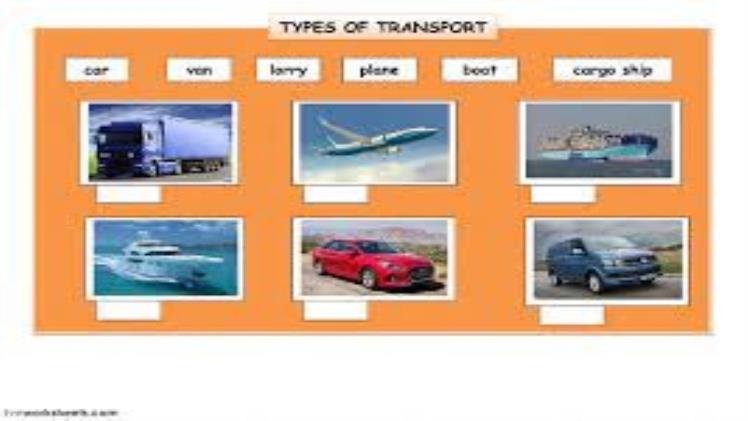Types of Transport

Transportation is the process of moving goods or people from one location to another, using various kinds of transport facilities. It plays an essential role in modern society, connecting communities and their activities.
Transport involves the movement of passengers and freight, generally via air, land or water. To effectively move people and goods between locations requires different facilities such as terminals where vehicles are assembled and distributed to their final destinations; transfer points where they transition between modes.
visit for multiple topics news: Apkmirror4u and newshunt360s
Passenger transport refers to the movement of individuals from their home to work or study places, as well as for leisure or tourism purposes. By contrast, freight transportation primarily deals with moving goods from one location to another.
Automobiles and trucks dominate intercity passenger transportation services in the United States, accounting for more than 80 percent of all miles traveled. The automobile provides door-to-door service without regard to schedules or other modes of transport, providing more flexibility than other modes of travel.
Trucks are a more efficient means of handling less-than-carload (LCL) traffic, such as goods that must be divided between several delivery destinations. Unlike railroad boxcars which may be packed with various items and then divided between destinations, a truck tractor can move directly from one destination to the next without waiting for other cars to load or unload.
Shipping and ocean traffic comprise the bulk of international freight and passenger transportation. Major routes connect North America’s seaboard to ports on the western shores of South America, Asia, and Europe; such as the Panama Canal which links Atlantic coastal cities with ports further west; Suez Canal connecting Mediterranean Sea ports in Egypt; transpacific routes connecting Atlantic shorelines across Pacific Ocean to Australia/New Zealand/Japan’s eastern/southeastern coastlines.
Ports are key hubs of passenger and cargo transportation in numerous cities throughout the United States and Canada, such as Boston, New York City, Philadelphia, Baltimore and Washington D.C. On both coasts – east and Gulf – as well as on Canada’s West Coast are major ports.
Transport of people is a central element of commerce, necessitating specialists from their regular locations to sites where they are needed. It also plays an integral role in military mobility operations, with troops being relocated during wars.
Resource distribution is a critical aspect of economic development, transporting goods, capital, information and people from places with abundance to those lacking them. It plays a significant role in shaping the characteristics of economies, regions and cities alike.
The cost of transportation consists of terminal costs, which are expenses incurred in gathering and assembling goods or passengers, and line-haul costs, which cover transporting them between terminals and final destinations. The total cost depends on how much capacity is actually devoted to moving these items – known as load factor. To increase load factor, services can be offered during off-peak periods when demand is lower than peak demand.